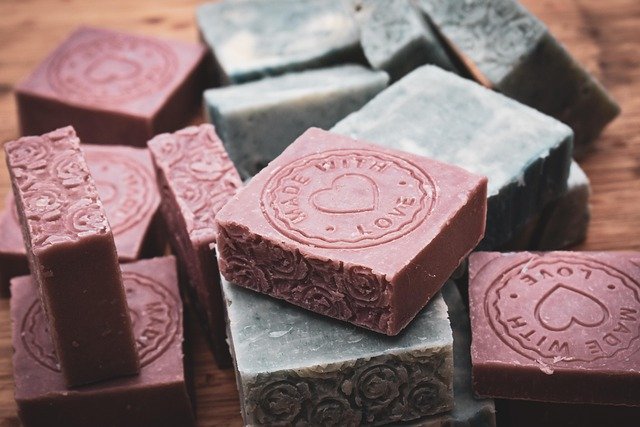Laser Skin Rejuvenation in New York – What You Should Know
Laser skin treatments are becoming a popular option for those looking to improve skin texture, reduce signs of aging, and restore a more youthful appearance. In New York, many clinics offer sessions that typically last around 30 minutes, making the procedure convenient for people with busy schedules. These treatments use focused light to stimulate collagen production, helping to address fine lines, uneven tone, and mild scarring. While results can vary depending on skin type and condition, most individuals require multiple sessions for noticeable improvement. Understanding what to expect before, during, and after treatment can help set realistic expectations and support informed decision-making.

How Laser Skin Rejuvenation Works Without Surgery
Laser skin rejuvenation operates through controlled light energy that penetrates the skin at specific wavelengths. The laser creates microscopic treatment zones in the dermis, triggering the body’s natural healing response and stimulating collagen production. This process, known as fractional photothermolysis, leaves surrounding tissue intact while promoting cellular turnover in targeted areas.
Different laser types serve various purposes: ablative lasers remove thin layers of damaged skin, while non-ablative lasers work beneath the surface without damaging the outer layer. CO2 and erbium lasers are commonly used for deeper rejuvenation, while IPL (Intense Pulsed Light) addresses pigmentation issues. The precision of modern laser technology allows practitioners to customize treatment depth and intensity based on individual skin concerns and tolerance levels.
What to Expect During a 30-Minute Treatment Session
A typical laser skin rejuvenation session begins with thorough skin cleansing and the application of topical numbing cream to minimize discomfort. Eye protection is essential, as patients and practitioners must wear specialized shields during treatment. The laser device is systematically moved across treatment areas, delivering controlled pulses that may feel like rubber band snaps against the skin.
Most patients describe the sensation as tolerable, though intensity varies depending on the laser type and treatment depth. The practitioner adjusts settings throughout the session to ensure optimal results while maintaining patient comfort. Immediately following treatment, a cooling gel or cold compress may be applied to soothe the skin. The entire process, including preparation and post-treatment care, typically requires 30 to 45 minutes.
Why Results Vary Based on Skin Type and Condition
Individual results from laser skin rejuvenation depend heavily on several factors, including skin type, age, lifestyle habits, and the specific concerns being addressed. People with fair skin often see more dramatic improvements, as melanin can interfere with laser effectiveness and increase the risk of post-treatment pigmentation changes. Those with darker skin tones require specialized lasers and adjusted protocols to minimize complications.
Skin condition significantly impacts outcomes as well. Fresh sun damage and superficial concerns typically respond faster than deep wrinkles or extensive scarring. Age plays a role in healing capacity and collagen production, with younger patients generally experiencing quicker recovery and more pronounced improvements. Smoking, poor nutrition, and inadequate sun protection can all limit treatment effectiveness and slow the healing process.
Treatment Frequency and Timeline Expectations
Most patients require a series of treatments spaced several weeks apart to achieve optimal results. Mild concerns may improve with three to four sessions, while more significant damage often requires six to eight treatments. The skin continues improving for months following each session as new collagen develops and cellular turnover increases.
Initial improvements become visible within one to two weeks as swelling subsides and new skin emerges. Peak results typically develop three to six months after completing the full treatment series. Maintenance sessions every six to twelve months help preserve improvements and address new signs of aging as they develop.
New York offers numerous options for laser skin rejuvenation, with costs varying significantly based on treatment type, provider expertise, and geographic location within the city. Understanding pricing structures helps patients make informed decisions about their skincare investment.
| Provider Type | Treatment Options | Average Cost Range |
|---|---|---|
| Dermatology Offices | CO2, Erbium, IPL | $800-$2,500 per session |
| Medical Spas | Fractional, Non-ablative | $400-$1,200 per session |
| Plastic Surgery Centers | Advanced Fractional Systems | $1,200-$3,500 per session |
Prices, rates, or cost estimates mentioned in this article are based on the latest available information but may change over time. Independent research is advised before making financial decisions.
Preparing for Treatment and Recovery
Pre-treatment preparation significantly impacts results and reduces complication risks. Patients should avoid sun exposure, discontinue certain medications and skincare products, and follow specific pre-care instructions provided by their practitioner. Avoiding retinoids, exfoliating acids, and blood-thinning medications helps minimize post-treatment complications.
Recovery varies based on treatment intensity but generally involves several days of redness, mild swelling, and possible flaking or peeling. Gentle skincare, sun protection, and adequate hydration support optimal healing. Most patients return to normal activities within 24 to 48 hours, though social downtime may extend longer depending on the treatment depth and individual healing response.
Laser skin rejuvenation represents an effective middle ground between topical skincare and surgical procedures for New Yorkers seeking skin improvement. Success depends on realistic expectations, proper provider selection, and commitment to the complete treatment series. With appropriate preparation and aftercare, most patients achieve noticeable improvements in skin texture, tone, and overall appearance while maintaining their regular schedules throughout the process.
This article is for informational purposes only and should not be considered medical advice. Please consult a qualified healthcare professional for personalized guidance and treatment.




